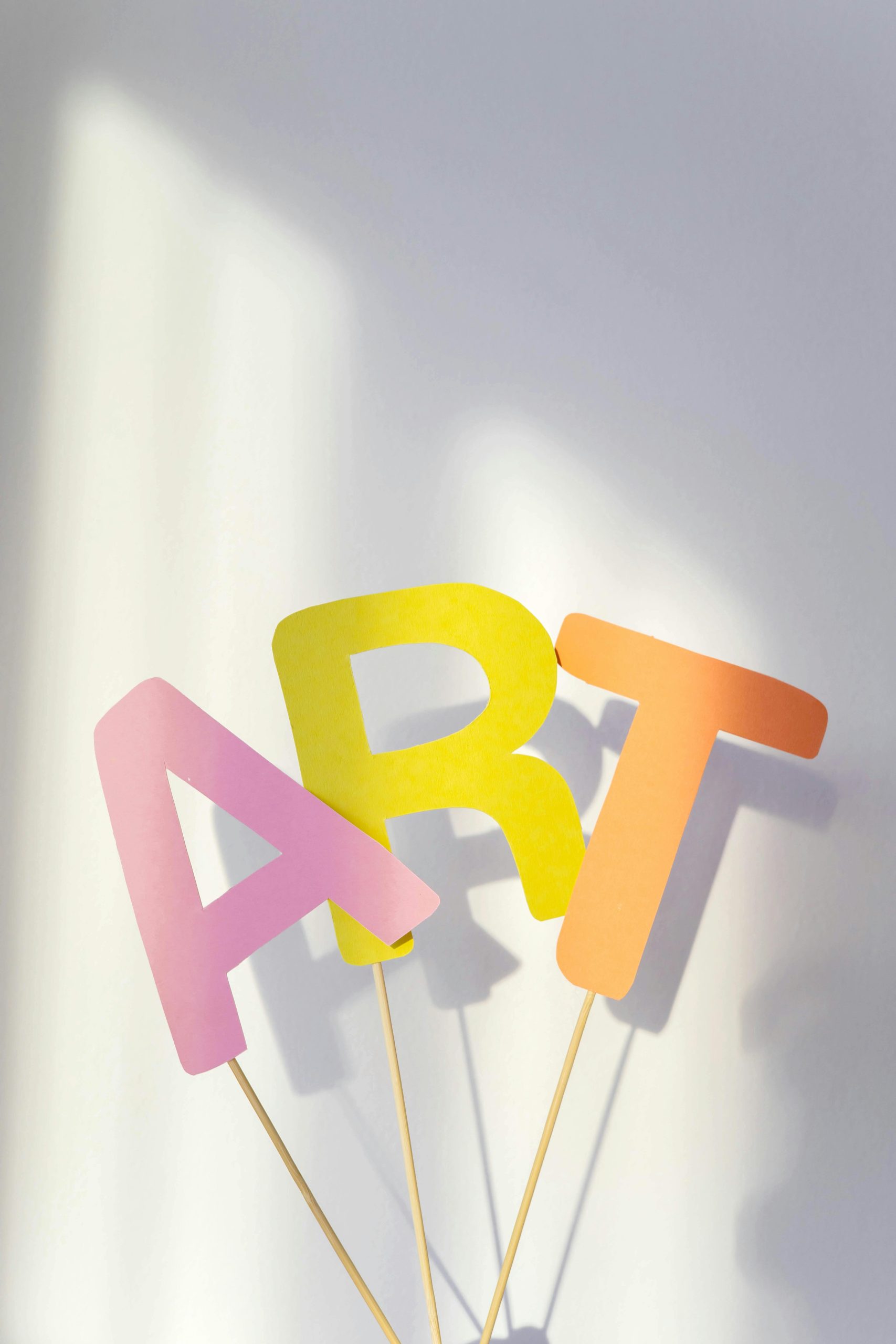Art is more than just a fun activity—it’s a powerful tool for nurturing creativity, problem-solving skills, and self-expression in children. Engaging young minds in imaginative art projects helps them explore new ideas, develop fine motor skills, and build confidence. Whether at home or in the classroom, these creative projects can inspire kids to think outside the box and see the world in vibrant new ways.
1. Mixed Media Collage Adventures
Collage-making is a fantastic way to encourage children to experiment with textures, colors, and shapes. By combining different materials, kids can create unique artworks that tell a story or express their emotions.
Materials You’ll Need:
- Magazines, newspapers, or old books
- Scissors and glue
- Fabric scraps, buttons, or ribbons
- Paint or markers for added details
How to Get Started:
- Encourage kids to cut out interesting images, words, or patterns from magazines.
- Let them arrange the pieces on a sturdy paper or cardboard base.
- Add texture with fabric, buttons, or other found objects.
- Use paint or markers to enhance the design.
Tip: Ask children to create a collage based on a theme, like “My Dream Vacation” or “A Magical Creature,” to spark storytelling.
2. Nature-Inspired Art Projects
Bringing the outdoors into art projects helps kids appreciate nature while fueling their creativity. Leaves, twigs, flowers, and stones can become the foundation for beautiful, imaginative creations.
Project Ideas:
- Leaf Rubbings: Place leaves under paper and rub crayons over them to reveal intricate patterns.
- Rock Painting: Turn smooth stones into colorful animals, story characters, or abstract designs.
- Nature Mandalas: Arrange petals, leaves, and pebbles in symmetrical patterns on the ground.
These activities not only foster creativity but also teach kids about textures, symmetry, and the beauty of the natural world.
3. DIY Storybook Illustrations
Combining art with storytelling allows children to visualize narratives and develop their own tales. This project is perfect for budding writers and artists alike.
Steps to Create a Storybook:
- Start with a simple story idea—ask kids to brainstorm characters and a plot.
- Fold blank sheets of paper into a booklet to serve as the book.
- Illustrate each page with drawings, paintings, or cut-out images.
- Add text to describe the story, or let younger children dictate their words.
Bonus: Encourage kids to share their finished books with family or classmates, boosting their confidence and communication skills.
4. Recycled Art: Turning Trash into Treasure
Teaching kids to repurpose everyday items fosters environmental awareness while unlocking endless creative possibilities.
Creative Recycled Projects:
- Cardboard Sculptures: Use boxes, tubes, and egg cartons to build 3D structures.
- Bottle Cap Art: Glue colorful caps onto a canvas to create mosaics or portraits.
- Plastic Bottle Planters: Decorate bottles and turn them into homes for small plants.
These projects teach resourcefulness and problem-solving while reducing waste—a win-win for creativity and the planet!
5. Sensory Art Exploration
Engaging multiple senses in art projects helps children connect with their creativity on a deeper level. Sensory art is especially beneficial for younger kids or those who learn best through touch and movement.
Ideas for Sensory Art:
- Finger Painting: Let kids mix colors with their hands for a tactile experience.
- Salt Dough Creations: Combine flour, salt, and water to make moldable sculptures.
- Bubble Wrap Printing: Dip bubble wrap in paint and press it onto paper for fun textures.
These activities encourage experimentation and make art feel like play, keeping kids engaged and excited.
Conclusion
Creative art projects are more than just a way to pass the time—they’re a gateway to imagination, learning, and self-discovery. Whether through mixed media collages, nature-inspired crafts, or recycled masterpieces, each activity offers unique opportunities for children to explore their creativity. By providing the right materials and encouragement, parents and educators can help young minds flourish, one colorful project at a time.
